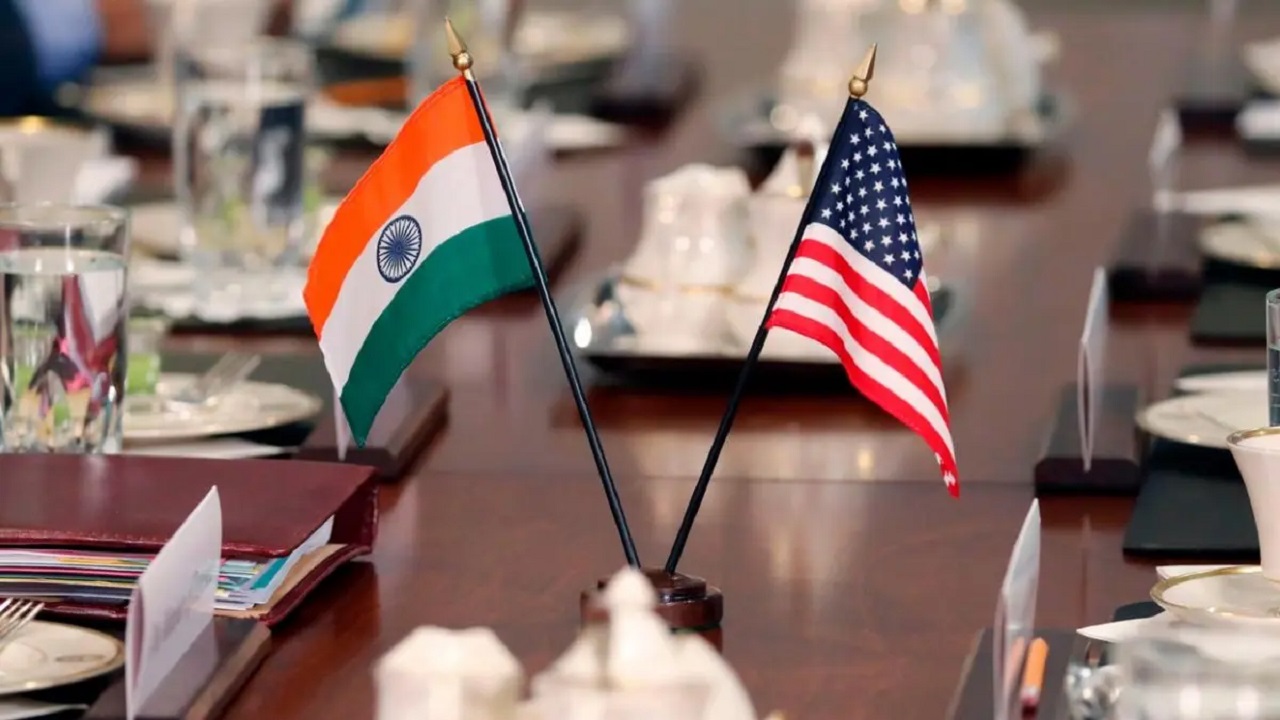Context:
Commerce and Industry Minister Piyush Goyal recently asked the steel industry to target 500 million tonnes steel production by 2034.
Background:
The steel industry in India dates back to the early 20th century, with the establishment of Tata Steel in 1907, which was the first integrated steel plant in Asia. Post-independence, the sector grew with the establishment of public sector steel plants. Since the liberalization of the 1990s, there has been significant private sector investment.
Indias Global Standing:
- India is the second-largest producer of steel in the world, after China.
- In recent years, India’s steel production has exceeded 120 million tonnes per year (2022).
Structure and Capacity of the Industry:
- Integrated Steel Plants (ISPs): These are large steel plants that produce steel from iron ore using blast furnaces and basic oxygen furnaces (BOF). ISPs generally have full-scale operations from raw material processing to finished steel products. Major ISPs include SAIL, Tata Steel, JSW Steel, and JSPL.
- Mini Steel Plants: These are smaller plants that primarily produce steel by recycling scrap metal in electric arc furnaces (EAF) or induction furnaces (IF). Mini steel plants cater to the demand for long steel products used in construction and local markets.
Contribution to the Economy:
- GDP Contribution: The steel sector contributes about 2% to 3% of India’s GDP. It is a core industry that has a multiplier effect on other sectors such as construction, manufacturing, and transportation.
- Employment: The sector provides direct and indirect employment to millions of people, including those involved in raw material extraction, steel production, and downstream industries.
- Exports: India is a significant exporter of steel, with major markets in Europe, the Middle East, and Southeast Asia. India also imports certain types of steel, especially specialized steel that is not produced domestically in sufficient quantities.
Recent Trends and Developments:
- Growth in Capacity: India’s steel production capacity has increased significantly in recent years, and the country aims to reach a capacity of 300 million tonnes by 2030, according to the National Steel Policy 2017.
- National Steel Policy 2017: This policy aims to encourage the domestic steel industry to become self-reliant and globally competitive. Goals include increasing per capita steel consumption to 160 kg by 2030-31 (from about 74 kg currently), making India a global hub for steel production and exports, and promoting environmentally sustainable practices.
- Infrastructure Push: The Indian government’s focus on infrastructure development, including roads, railways, airports, and smart cities, has boosted demand for steel.
- As global demand for eco-friendly and low-carbon steel grows, Indian steelmakers are exploring green steel production methods, including hydrogen-based steelmaking, reducing emissions, and increasing the use of scrap metal.
Challenges:
- Raw Material Supply: While India has abundant iron ore, it relies heavily on imported coking coal, making the sector vulnerable to global price fluctuations.
- Environmental Concerns: Steel production is energy-intensive and generates significant emissions, leading to pressures to adopt cleaner technologies.
- Competition: Indian steelmakers face competition from global producers, particularly Chinese steelmakers who dominate the global market.




Comments (0)